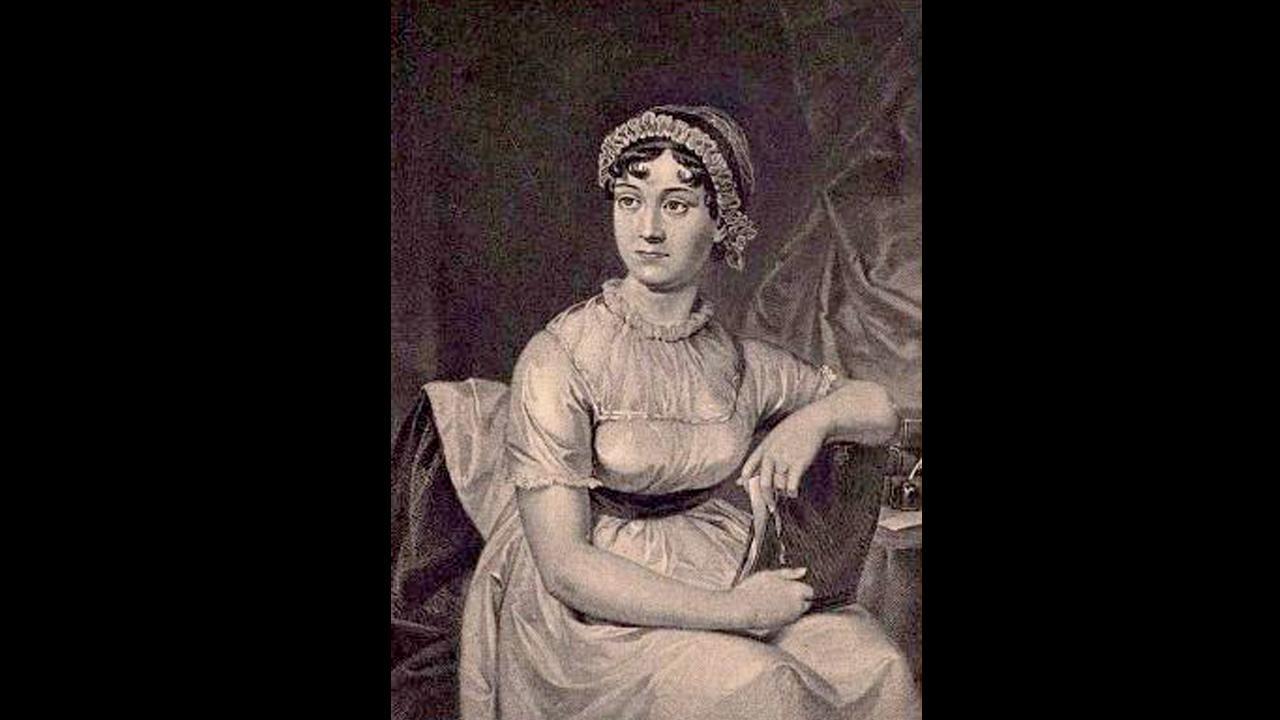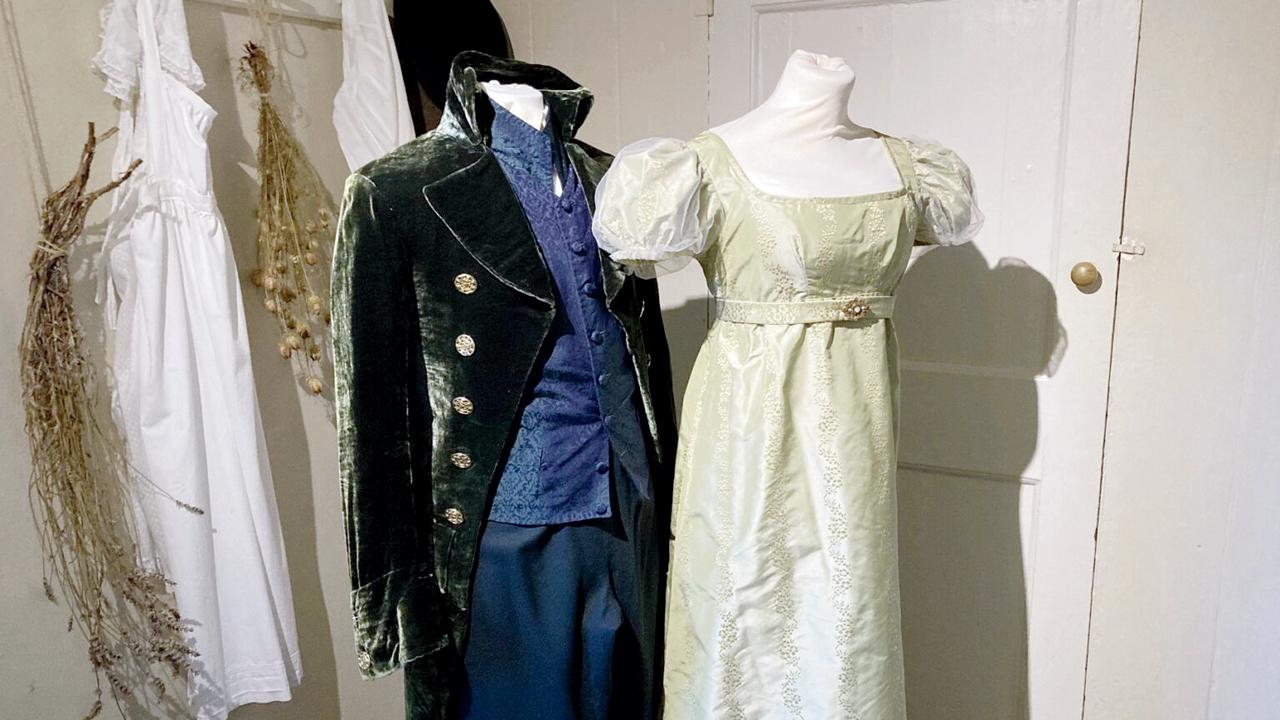A multi-sensory exhibition trail at the iconic writer’s Hampshire cottage guides readers through six memorable winters from her life and novels

Jane Austen
If this writer were to ask whether food — as a motif in literature — makes writing delicious, she’d expect a coterie of critics to reply with a resounding ‘no’. Food has long departed from the ornamental tinges it was discussed with in choicest circles and fittingly snugged down in symbols of culture, resistance or acceptance, and power. When the focus is on social interaction, a shared meal gains prominence. Jane Austen’s novels captured and often reversed the conventions of a ‘polite’ English society, resting equally on food and winter — her characters found analogous strategies to make winters bearable.
ADVERTISEMENT

Costumes worn by Jane and Tom in the film, Becoming Jane
An ongoing digital exhibition at the writer’s home in Chawton village, Hampshire, brings six winter scenes from Austen’s life and novels. Called Six Winters, this multi-sensory display moves around her house, using objects that highlight her imagination and writings. Notations on a curious set of biscuits interest us. Painted on royal icing by hand with food colouring gels and vodka, the gingerbread biscuit design is an extract from Austen’s handwritten music book. Made by cookie artist Ella Hawkins, an artist in residence at Jane Austen’s House, the set includes an illustration for Mansfield Park and a fashion plate from the period, among others.
The six scenes — Jane Austen’s birth, Family theatricals, Dancing with Tom Lefroy, First reading of Pride & Prejudice, A fine family piece and You will have much pleasure in being in London — follow a path from the writer’s bedroom, through the family and dining rooms to the courtyard gallery. Our favourite pick is the one where we see the author in light of her preferred woman character Elizabeth Bennet. Dancing with Tom Lefroy makes us imagine “everything most profligate” in dancing and sitting down together with a young man; Austen enjoyed dancing at local balls and assemblies, and falling in love with a charming Lefroy can be expected.
This scene ends with an outline of a recipe for negus, a hot punch made of port wine, sugar, lemon, nutmeg and cloves. It also gives us a recipe for white soup, served at balls as a late meal. In Pride and Prejudice, Mr Bingley mentions the soup while planning his own ball.
As winter creeps in and Austen is christened at home by her father, we move on to survey a creative family’s interest in theatre, especially around Christmas. In and out of her homes and the cottage in Chawton, we can’t stop thinking if the askew rays of the sun on a set up barn sparked the author’s life-long itch for playacting.
Log on to: janeaustens.house
 Subscribe today by clicking the link and stay updated with the latest news!" Click here!
Subscribe today by clicking the link and stay updated with the latest news!" Click here!







